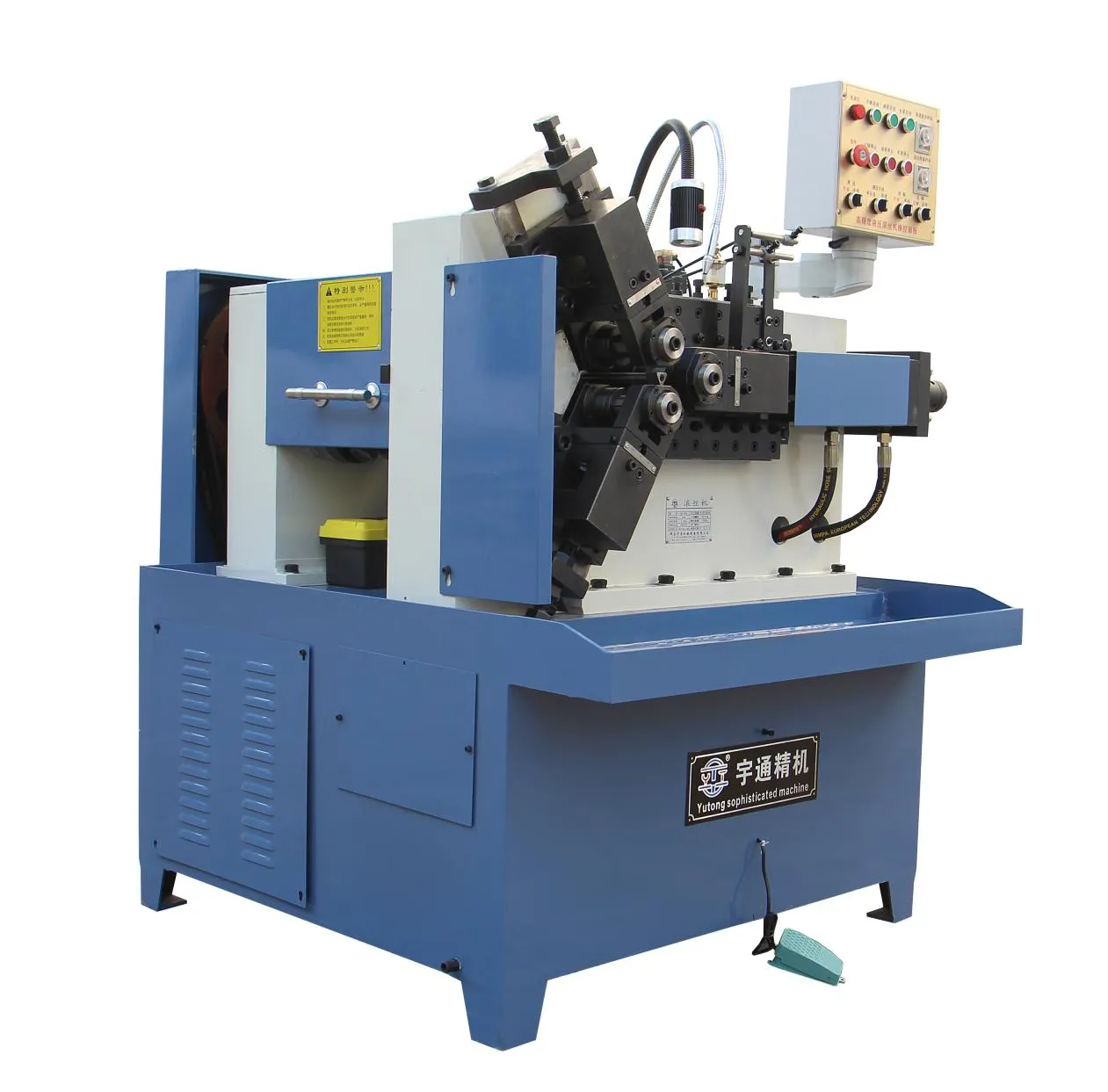
-
 Afrikaans
Afrikaans -
 Albanian
Albanian -
 Amharic
Amharic -
 Arabic
Arabic -
 Armenian
Armenian -
 Azerbaijani
Azerbaijani -
 Basque
Basque -
 Belarusian
Belarusian -
 Bengali
Bengali -
 Bosnian
Bosnian -
 Bulgarian
Bulgarian -
 Catalan
Catalan -
 Cebuano
Cebuano -
 Corsican
Corsican -
 Croatian
Croatian -
 Czech
Czech -
 Danish
Danish -
 Dutch
Dutch -
 English
English -
 Esperanto
Esperanto -
 Estonian
Estonian -
 Finnish
Finnish -
 French
French -
 Frisian
Frisian -
 Galician
Galician -
 Georgian
Georgian -
 German
German -
 Greek
Greek -
 Gujarati
Gujarati -
 Haitian Creole
Haitian Creole -
 hausa
hausa -
 hawaiian
hawaiian -
 Hebrew
Hebrew -
 Hindi
Hindi -
 Miao
Miao -
 Hungarian
Hungarian -
 Icelandic
Icelandic -
 igbo
igbo -
 Indonesian
Indonesian -
 irish
irish -
 Italian
Italian -
 Japanese
Japanese -
 Javanese
Javanese -
 Kannada
Kannada -
 kazakh
kazakh -
 Khmer
Khmer -
 Rwandese
Rwandese -
 Korean
Korean -
 Kurdish
Kurdish -
 Kyrgyz
Kyrgyz -
 Lao
Lao -
 Latin
Latin -
 Latvian
Latvian -
 Lithuanian
Lithuanian -
 Luxembourgish
Luxembourgish -
 Macedonian
Macedonian -
 Malgashi
Malgashi -
 Malay
Malay -
 Malayalam
Malayalam -
 Maltese
Maltese -
 Maori
Maori -
 Marathi
Marathi -
 Mongolian
Mongolian -
 Myanmar
Myanmar -
 Nepali
Nepali -
 Norwegian
Norwegian -
 Norwegian
Norwegian -
 Occitan
Occitan -
 Pashto
Pashto -
 Persian
Persian -
 Polish
Polish -
 Portuguese
Portuguese -
 Punjabi
Punjabi -
 Romanian
Romanian -
 Russian
Russian -
 Samoan
Samoan -
 Scottish Gaelic
Scottish Gaelic -
 Serbian
Serbian -
 Sesotho
Sesotho -
 Shona
Shona -
 Sindhi
Sindhi -
 Sinhala
Sinhala -
 Slovak
Slovak -
 Slovenian
Slovenian -
 Somali
Somali -
 Spanish
Spanish -
 Sundanese
Sundanese -
 Swahili
Swahili -
 Swedish
Swedish -
 Tagalog
Tagalog -
 Tajik
Tajik -
 Tamil
Tamil -
 Tatar
Tatar -
 Telugu
Telugu -
 Thai
Thai -
 Turkish
Turkish -
 Turkmen
Turkmen -
 Ukrainian
Ukrainian -
 Urdu
Urdu -
 Uighur
Uighur -
 Uzbek
Uzbek -
 Vietnamese
Vietnamese -
 Welsh
Welsh -
 Bantu
Bantu -
 Yiddish
Yiddish -
 Yoruba
Yoruba -
 Zulu
Zulu
Vertical Thread Rolling Machines for Precision Manufacturing and Efficient Production Processes
Vertical Thread Rolling Machine An Overview
A vertical thread rolling machine is an essential piece of equipment in the manufacturing sector, particularly in the production of threaded fasteners and components. These machines utilize a process known as thread rolling to create high-quality threads on metal workpieces, which are widely used in various industries, including automotive, aerospace, electronics, and construction. This article provides an overview of vertical thread rolling machines, their working principles, advantages, applications, and advancements in technology.
Working Principle
Thread rolling is a cold forming process that converts a cylindrical blank into a threaded part by applying pressure through rotating dies. In a vertical thread rolling machine, the workpiece is placed vertically between two dies, which are shaped to create the desired thread profile. As the machine operates, the dies rotate and move towards each other, exerting immense pressure on the blank. This pressure causes the metal to flow and take the shape of the dies, resulting in precise and uniform threads.
The vertical configuration of the machine offers several advantages over horizontal machines, including increased stability, easier loading and unloading of heavy workpieces, and improved accuracy in thread formation. Additionally, vertical machines are often designed to handle a wide range of material types and thicknesses, making them versatile tools in any production line.
Advantages of Vertical Thread Rolling Machines
1. Efficiency Vertical thread rolling machines can produce threads at a much faster rate than traditional cutting methods. The cold forming process not only speeds up production but also reduces material waste, as there are no chips or cuttings generated during the process.
2. Strength and Durability Components produced through thread rolling possess superior mechanical properties compared to those made through cutting. The cold working process increases the density of the material, resulting in a stronger and more durable thread that can withstand higher loads and stresses.
vertical thread rolling machine

3. Precision These machines are known for their ability to create high-precision threads with excellent surface finishes. The deep engagement of the dies ensures that the threads are uniformly shaped and dimensionally accurate, which is critical in applications where tight tolerances are required.
4. Flexibility Vertical thread rolling machines can be easily adjusted to accommodate different thread sizes and profiles, making them suitable for various production runs. This flexibility allows manufacturers to quickly switch between different products without significant downtime.
Applications
Vertical thread rolling machines are used in a wide array of applications across multiple industries. Common uses include the production of bolts, screws, nuts, and studs, which are essential components in machinery, vehicles, and structural frameworks. Additionally, these machines are employed in the manufacturing of specialized fasteners used in medical devices, instrumentation, and aerospace components, where reliability and precision are paramount.
Technological Advancements
In recent years, advancements in technology have led to the development of more sophisticated vertical thread rolling machines. Features such as CNC (Computer Numerical Control) automation, integrated sensors for monitoring performance, and advanced software for programming and controlling the rolling process have significantly enhanced productivity and accuracy. These innovations make it possible to optimize the rolling parameters for different materials and thread configurations, further improving the output quality.
Conclusion
The vertical thread rolling machine is a pivotal tool in modern manufacturing, enabling the production of high-quality threaded components with efficiency and precision. As industries continue to evolve and demand higher standards, the importance of these machines is likely to grow. With ongoing technological advancements, vertical thread rolling machines will remain at the forefront of manufacturing processes, meeting the challenges of tomorrow’s engineering needs.
